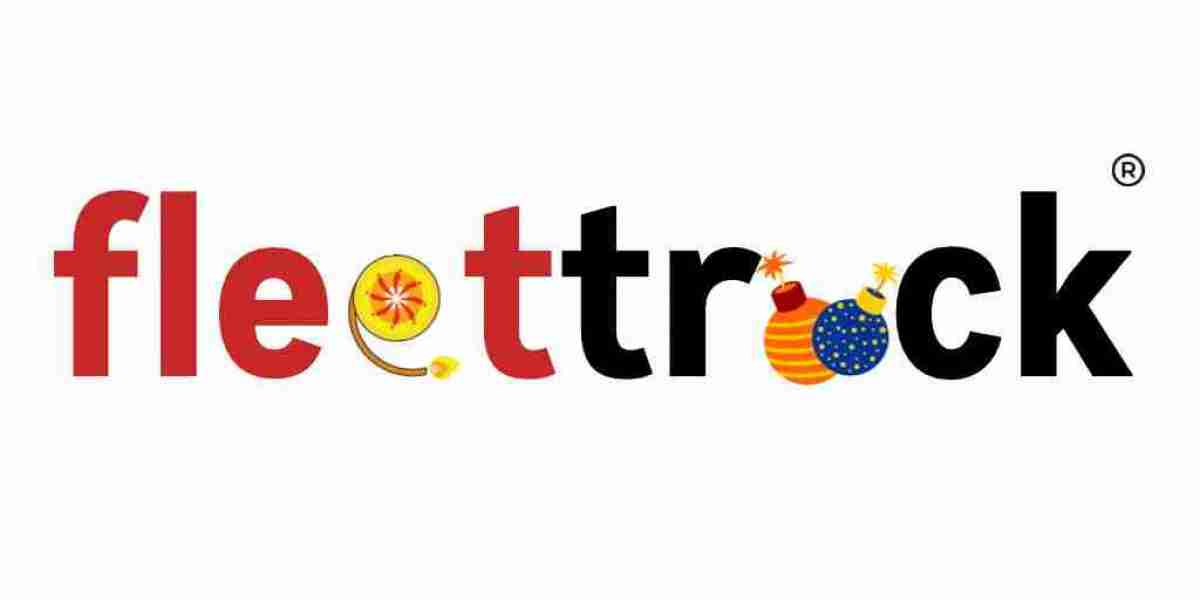People infected with V. Cholerae bacteria can spread disease through their faeces (also called stool or poop). They do so when infected faeces get into the water system. If the water is not properly cleaned, those using it to drink, cook and wash are at high risk. When people consume contaminated food or water, the bacteria grows inside them and make the small intestines secrete fluid, leading to diarrhoea.
Cholera usually does not spread with physical contact, but there are high chances. It is important to wash your hands thoroughly to prevent infection. The infection can be mild with no symptoms. However, about 10% of infected people develop severe symptoms 12 hours to five days after the bacteria enters their bodies. These include -
Watery diarrhoea
Often, the very first sign of cholera is painless diarrhoea that occurs within a day or so of becoming infected. The diarrhoea is extremely watery and pale, murky, resembling water after rinsing rice. The toxins produced by the bacteria prompt the body to expel everything from the intestines, the amount of diarrhoea can be substantial.
Nausea and vomiting
In the early stages, the bacteria can cause gastrointestinal discomfort, such as nausea and vomiting. Waves of vomiting can last for several hours at a time and, when combined with the watery diarrhoea, which can further lead to dehydration.
Dehydration
This disease forces a lot of fluid from the body through spells of diarrhoea and vomiting, making it easy for the patient to become dehydrated if those fluids and electrolytes are not replaced. Some dehydration signs include a dry mouth and eyes, thirst, rapid or weak heart rate, mild muscle cramps, tiredness or lethargy, and headaches.
Complications
The most significant risk posed by cholera is severe dehydration. The swift and significant onslaught of watery diarrhoea and sometimes vomiting can quickly drain the body's fluids and electrolytes. If they are not replaced in time, people can die within a matter of hours. Some worrisome signs of severe dehydration include low blood sugar levels, fever and chills, kidney failure, loss of collagen for skin, and shock.
In cases of severe disease, these complications are prone to develop quickly within a matter of hours and are particularly dangerous for individuals, including infants, toddlers, and pregnant women.
How do you treat them?
The most important treatment for cholera is rehydration therapy, which replaces fluids lost through diarrhoea and vomiting. Rehydration therapy can include glucose based drinks. intravenous fluids, and electrolytes. With timely rehydration therapy, more than 99% of cholera patients survive.
In addition to rehydration therapy, antibiotics may be recommended for severely ill patients, depending on their symptoms and conditions. They can help decrease the illness. However, these should be used along with aggressive rehydration for quick recovery.
Important note: In case children between six months and five years suffer from cholera, they should be given quick medical attention to reduce the harmful effects and save their lives.








